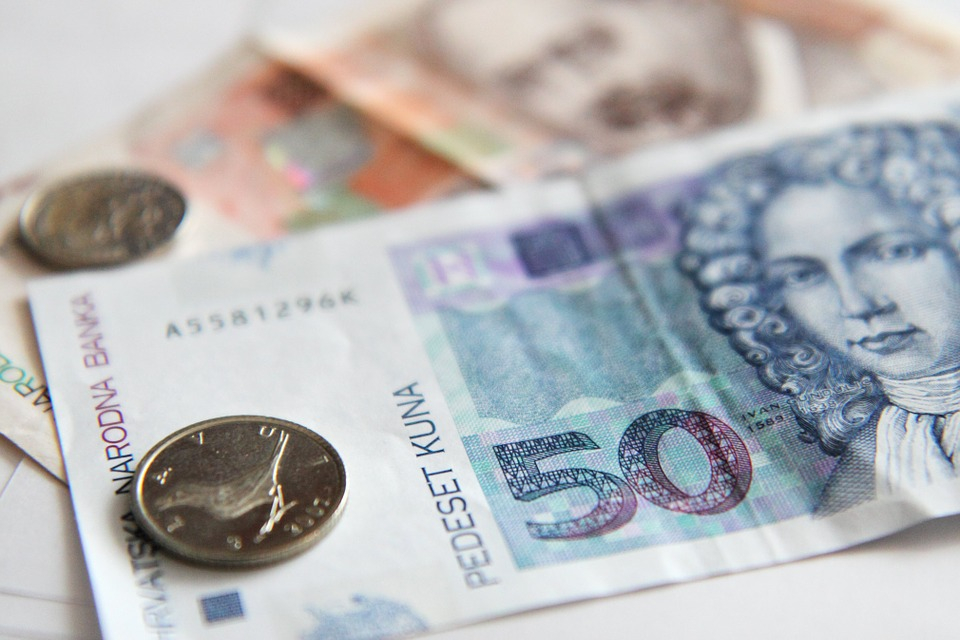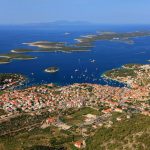As Jadranka Dozan/Poslovni Dnevnik writes, with the continuation of moderate growth rates of total bank loans to the private sector, the latest published data for the month of May confirmed the gradual recovery of household demand for cash loans and a slight slowdown in what was relatively high growth rates of housing loans.
However, this means that for ”cash”, which was the main engine of growth in the volume of loans to Croatia’s residents until the outbreak of the pandemic, the annual decline continued to melt, while the growth rate of housing loans slowed to a still high 8.7 percent back in May, which is partly attributed to this year’s first subsidy programme.
The dynamics of credit growth in the household sector, measured by transactions in various loans, accelerated in May to 3.5 percent on an annual basis, from 3.1 percent in April, analysts from Croatian banks note.
In addition to these indicators, which provide a picture of current trends and trends from month to month, the Croatian National Bank gave a somewhat broader picture of the finances of Croatian households and consumption in its annual report for 2020. That report claims that almost 60 percent of Croatian households don’t have any debt hanging over their heads. Overall, their level of indebtedness across Croatia is relatively (and quite surprisingly) low and below the Eurozone’s current average.
The representation of mortgage debt in Croatia is four times less than the representation of non-mortgage debt on credit lines, overdrafts, credit cards, etc. The gross income of Croatian households, whose median is estimated at 8,400 euros, is also significantly below the Eurozone average, by about a third. Considering the sources that generate income in Croatia, employment income is the most strongly represented.
According to the CNB’s survey-based data, 53 percent of Croatian households earn an income from work, approximately one in eight Croatian households (12.7 percent) have income from financial investments, and property rental income is, again also quite surprisingly, the least represented. Survey findings say that only 6.2 percent of Croatian households have this type of income, at least on record.
The CNB also cites some features of the structure of total consumption according to three main categories: for goods and services, for utilities and for food indoors and outdoors.
“According to the assessment of the value of the medial household and the assessment of the arithmetic mean, the consumption of goods and services is about twice as high as the consumption of food, and about three times higher than the consumption of utilities,” it states. The median estimates of all three components of spending are lower, they say, than those for the Eurozone, ranging from 60 percent being spent on food at home and outside the home, to 75 percent of estimated spending being for utilities at the Eurozone level.
At the same time, in Croatia, as many as 94 percent of Croatian households have some form of property, while slightly more than four-fifths also have financial assets. However, real assets are very strongly predominant in the total assets of the household sector; with financial assets not even occupying five percent.
While financial assets are dominated by deposits here in Croatia, which account for more than two thirds, the average household in the Eurozone holds 43.7 percent of financial assets in deposits and allocates more to other types of savings and/or investments.
Comparisons with the average of EU member states also show that the inequality in the distribution of net assets among Croatian households is moderate, with a slight increase in financial assets.
However, the CNB warns that it should be borne in mind that the value of non-financial assets is based on the subjective assessment of the respondents, which may differ significantly from the actual market value. The phenomenon of underestimation of both real and financial assets is common, and Croatia is no exception to that.
For more, follow our lifestyle section.











